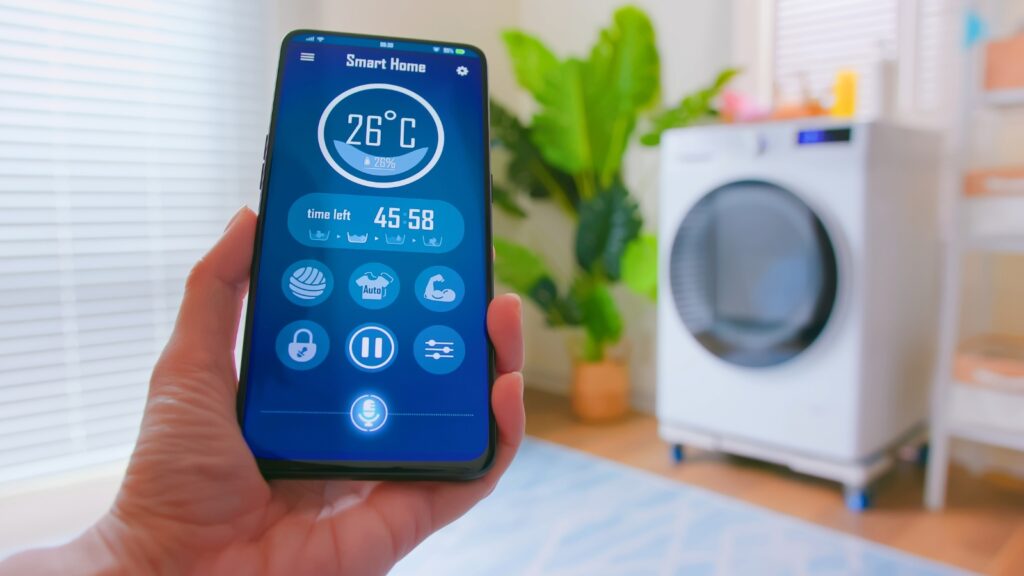
Consumer-led flexibility: our response to government
The government recently sought views on the best way to engage people in ‘consumer-led flexibility’. This could be an important part of the energy transition. It can help people save energy, cut bills, reduce carbon emissions and ease pressure on the grid.
But most people don’t yet know what it means or how to take part. We have submitted a response to the consultation calling for independent, impartial and trusted sources of information, supported by government, to build the understanding and confidence people need.
What is consumer-led flexibility (CLF), and why does it matter?
CLF refers to the ways in which consumers (households and businesses) can adjust their energy usage – shifting when or how much they use – in response to signals from the grid. This helps balance demand, integrate renewables better, reduce costs, and lower carbon emissions.
For many it’s still a new concept and most people don’t fully understand what it means in practice, or how they might participate, or benefit. This gap in understanding is a key barrier.
The case for trusted, independent advice
In our response, we call for:
- Independent, impartial information – giving people the confidence to engage with new products and services.
- Local delivery through intermediaries – community groups and existing charities and organisations are well placed to connect national resources with people on the ground
- Clear standards for industry – to ensure consistency and quality.
- Inclusive design – making sure disadvantaged households and businesses aren’t left behind.
- Faster action – the current timetable (a framework by 2028) is too slow; consumers need clarity and confidence much sooner.
In summary
Consumer-led flexibility can have a significant part to play in the energy transition. But success depends on people understanding it, trusting it and seeing the benefits for themselves.
